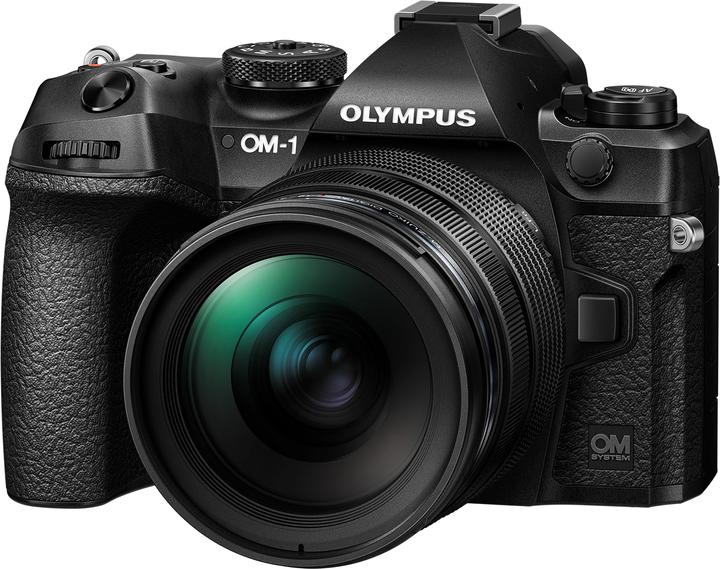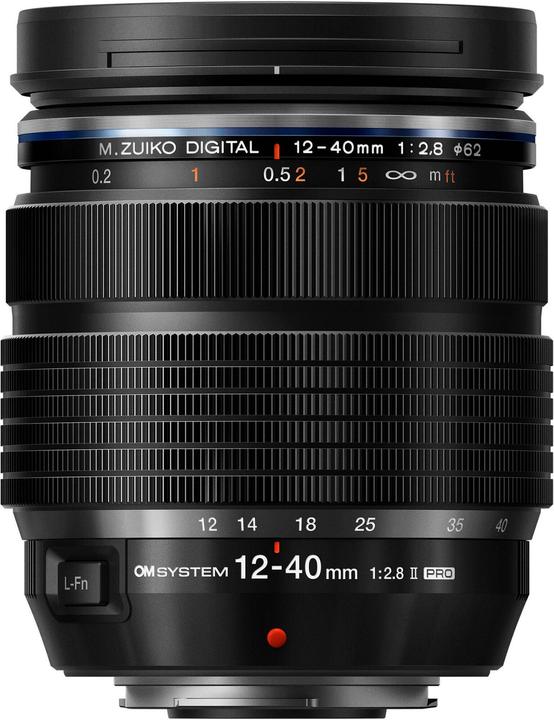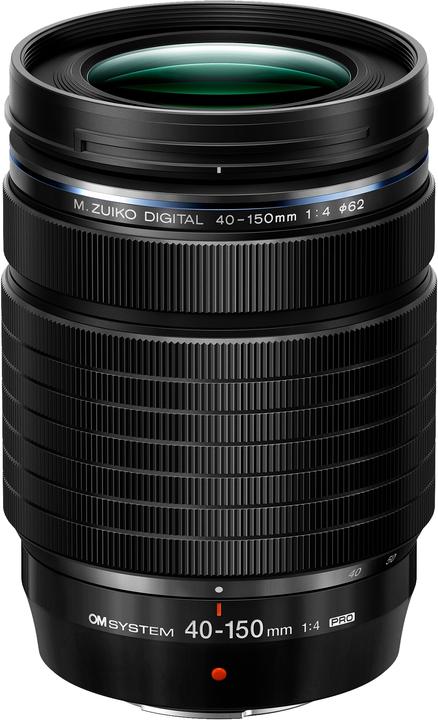
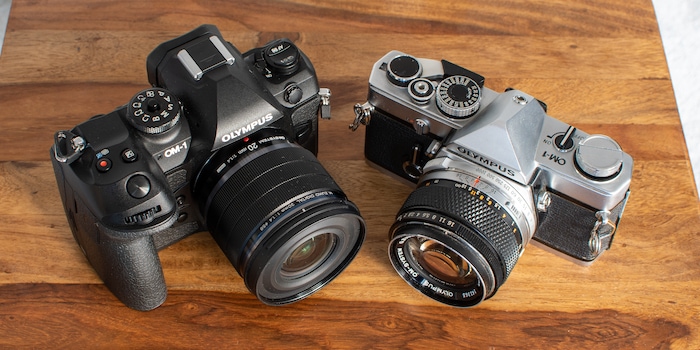
A new Olympus OM-1 for the 50th anniversary
With the Olympus OM-1, OMDS brings a new top model onto the market. The resolution remains moderate, which is appropriate for the sensor size. In return, the camera is very fast.
Olympus released the OM-1 in 1972. At that time, it was considered the lightest SLR camera. 50 years later, there is another OM-1. Although it is also relatively small and light, the name might primarily have other reasons. Because the manufacturer also carries the OM in its name. We remember: Olympus handed over the photo division to the newly founded company OM Digital Solutions at the beginning of 2021. At the moment, OMDS is still allowed to use the Olympus name, but as soon as the rights have expired, the cameras will only be called "OM".
The OM-1 is the number one in the line-up, in other words: the new top model. And it can already be seen from the technical data that OMDS has improved a lot.

The sensor is a new development. It is a stacked sensor, which can be read out much faster. The new sensor also improves the noise performance and the dynamic range.
The resolution has not improved - it remains at a relatively modest 20 megapixels. However, the camera can create images up to 80 megapixels with the Hi-Res-Shot function. In this case, several shots are taken in the shortest possible time and calculated together. This is also possible without a tripod, which still results in 50 megapixels. I was already able to try this out briefly and convince myself that it works. Even though it is not the same as a picture with native 50 or 80 megapixels, it clearly has a higher resolution than in normal mode.
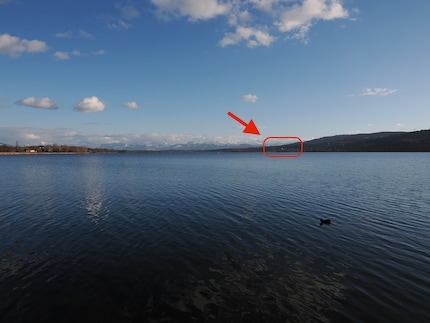
The feature isn't new, but the offsetting of the individual images is much faster with the OM-1. This has to do with the camera's new image processor: According to the manufacturer, this is three times faster than previous Olympus image processors.
Speaking of speed, the OM-1 shoots up to 50 photos per second with tracking autofocus. The new autofocus detects various vehicles and aircraft, as well as birds, dogs and cats. Face and eye detection has also been significantly improved, according to OMDS. Without tracking exposure and focus, the camera even achieves 120 frames per second.
The built-in image stabilizer compensates for up to seven stops of exposure alone - eight stops in combination with the lens image stabilizer. There is also a gray filter simulation for up to six exposure levels. Long exposure times are thus possible during the day, even if no gray filter is available for a lens.
According to the manufacturer, the electronic viewfinder offers 5.76 million pixels and a refresh rate of 120 Hz. The OM-1 is protected against dust and splash water (IP53), as well as being functional down to -10 degrees Celsius.
Although the OM-1 is primarily aimed at photographers, it can do quite a bit in the video department as well. It records 4K videos with up to 60 frames per second, Full HD with up to 240 frames. In addition to H.264 with 8-bit color depth, H.265 with 10-bit is also available. If required, the camera records RAW material in 12 bit and 4:4:4 sampling on an external recorder. OM-Log is available for color grading, and Hybrid Log Gamma (HLG) for HDR.
The Olympus OM-1 is expected to be available in early March 2022. The recommended retail price is 2399 Swiss francs and 2199 euros, respectively. Two new lenses will be launched at the same time as the OM-1. The 12-40mm f/2.8 PRO II improves on the image quality of its predecessor and is available in a kit with the OM-1. The 40-150mm F4.0 PRO is a more affordable alternative to the existing 40-150mm lens with f/2.8 aperture.
My interest in IT and writing landed me in tech journalism early on (2000). I want to know how we can use technology without being used. Outside of the office, I’m a keen musician who makes up for lacking talent with excessive enthusiasm.
From the latest iPhone to the return of 80s fashion. The editorial team will help you make sense of it all.
Show all